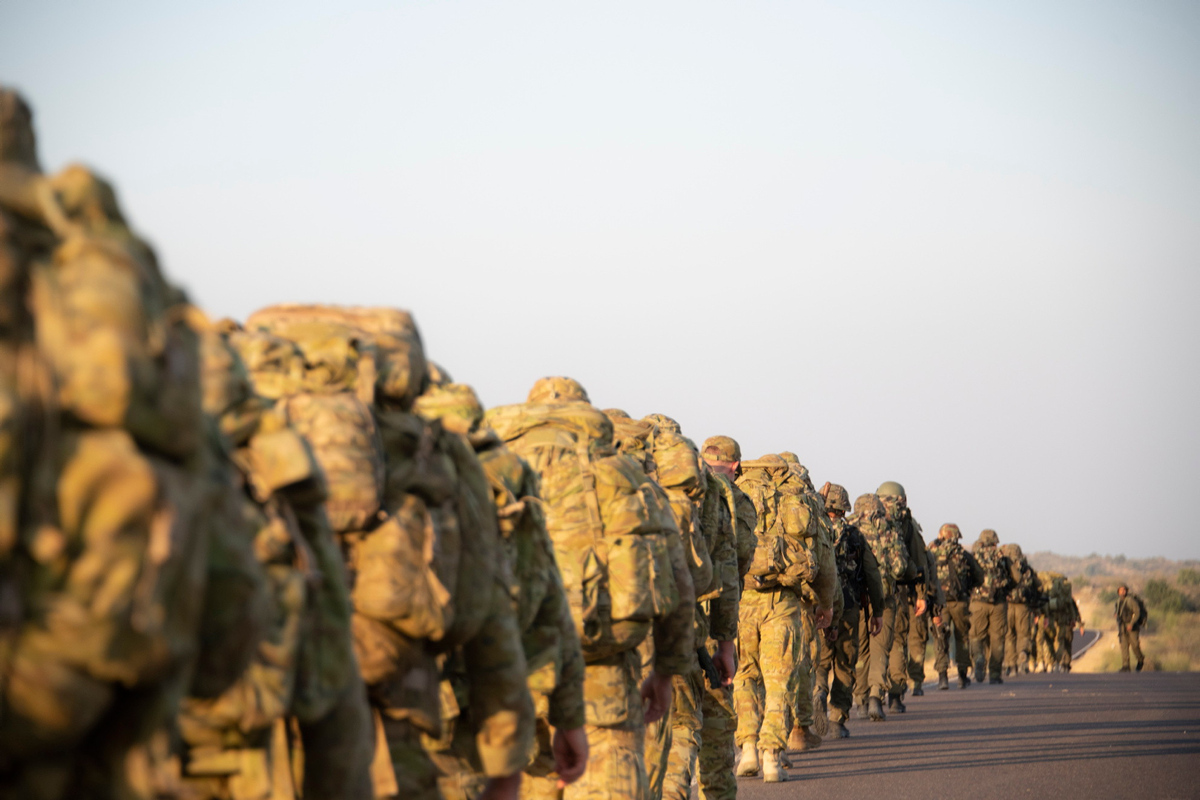2(AS) Division PME Program
Do you lead, or are you part of an organisation which has been asked to rapidly scale in response to contingencies? Then this topic is important for you.
In response to the release of the National Defence Strategy (NDS), a seminar was hosted by 2(AS) Division on the topic of accelerated preparedness, titled Scalability Insights for Defence. We have published an Occasional Paper of the same title.
The seminar and paper share pioneering research – so stand on the knowledge frontier, and be amongst the first to explore the why, what, when, where, who and how of scalability.
Like the Defence Strategic Review (DSR) before it, the recently-released National Defence Strategy (NDS) echoes an increasingly urgent tone on Australia’s strategic circumstances. Variants of the word ‘accelerate’ are used fifteen times in the NDS: projects, efforts, capability acquisition, capability delivery, processes and innovation are all highlighted for acceleration.
As every student of strategy knows: a strategy links together ends, ways and means. The NDS highlights the specific capabilities Australia will acquire (ends), and the accompanying Integrated Investment Program (IIP) outlines the resources to acquire these (means). To be strategically relevant, Australia must also have the ways to accelerate – the how.
How do we achieve accelerated preparedness, in practice, within Army and within Defence?
Scalability is an emergent field which provides powerful insights to answer this question, and Defence is not the only organisation that can benefit from deliberate scalability. Recent events (e.g. the COVID-19 pandemic, Russo-Ukrainian war, global economic inflation) have forced many organisations—public, private and for-purpose—to rapidly scale: upwards, downwards, inwards, outwards. Often this has been without notice or warning.
Scalability is about how an organisation’s performance responds to significant changes in workload. The workload may be changing in quantity (more, or less, of the same) or type (existing products and services, or new ones), challenging the current size and shape of an organisation.
The good news is that organisations can enhance their scalability. They can do this through sound scalability design, and through impactful scalability response. There’s a tradecraft to scaling well, involving both science (technical expertise) and the art form of ‘knowing your business’. Scaling well is also premised on understanding changes in the operating environment. Perfecting a tradecraft needs a pinch of theory, and a large dollop of practitioner guidance — preferably in advance of the need to perform it. This seminar and paper dishes up both – in chef-prepared appropriate proportions.
The theory is cross-disciplinary and intuitive, and the practitioner guidance includes industry case studies which examine the recent COVID lived experience of scaling. Here are three good reasons to engage with this topic:
- First, bust some myths. ‘What about the M word?’ we hear you say. Aren’t scalability and mobilisation the same thing? Well – not quite. So be prepared to differentiate these terms. Scalability Insights for Defence fills a void that has existed between Business as Usual and Mobilisation – whatever your type of organisation.
- Second, examine your leadership. The scalability leadership task is to ‘find and fix’ the sequence of binding constraints that any scaling response will encounter. This applies whether you are leading at an organisational level or leading individual business processes. Regardless, as a leader you will need a scalability mindset, sense-makers and a scaling strategy to do this. You will need to know the difference between first- and second-order scalability, and you will certainly need to know how your organisation creates value, and about its capacity components.
- Third, be challenged to think beyond BAU. This work challenges organisations to make scalability a design feature, not just an emergency response feature. How scalable are your business processes, your systems and your organisation? What will you do, when asked to scale? And for the ADF and beyond: how does scalability contribute to a ‘theory of victory’?
Scalability Insights for Defence provides the foundation knowledge necessary to start your scaling journey. Given the challenges facing Defence to scale in response to rapidly changing strategic circumstances, the insights in this seminar and paper can provide assurance of organisational resilience to those charged with leading change.



